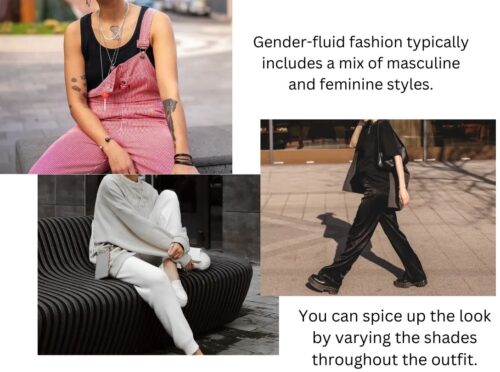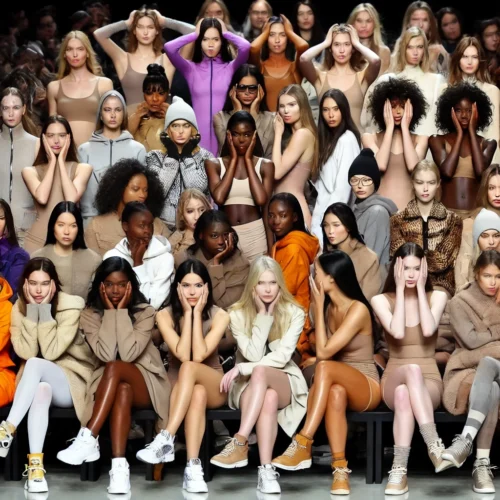Fashion: A Tapestry of History, Social Impact, Financial Dynamics, and Sustainability
“Fashion is not just about what you wear; it’s a narrative of self-expression, a canvas where every choice becomes a brushstroke painting the portrait of your identity on the world’s runway of life.”
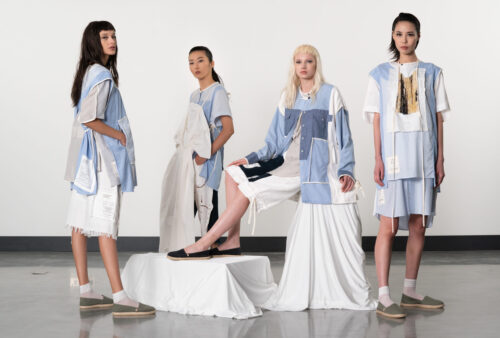
Introduction
Fashion, a dynamic and ever-evolving realm, serves as a mirror reflecting the societal, economic, and cultural tapestry of different eras. Its history is a fascinating journey marked by changing trends, innovation, and the intertwining of individual expression with broader societal narratives.
Fashion Historical Evolution
Fashion’s roots can be traced back centuries, with styles shifting across regions and epochs. From the elaborate garments of medieval Europe to the minimalist elegance of ancient Asian civilizations, it has always been a means of self-expression and a reflection of prevailing values. The Renaissance saw a surge in individualism, giving rise to tailored clothing, while the Industrial Revolution brought about mass production, making it accessible to a broader audience.
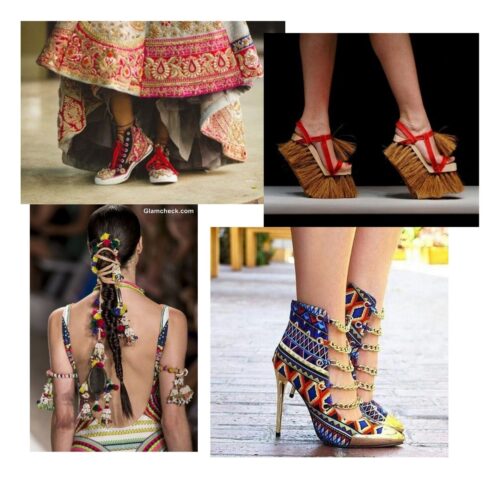
India’s historical impact on fashion is profound, spanning centuries of intricate craftsmanship and vibrant textile traditions. The opulent fabrics, such as silk and cotton, woven with meticulous skill, showcase India’s artisanal brilliance. The Mughal era left an indelible mark, influencing elegant draping styles and intricate embroidery. The vibrant colors, mirrored embellishments, and paisley patterns found in traditional clothing continue to inspire it globaly . India’s rich cultural tapestry, reflected in clothing, has transcended borders, leaving an enduring legacy that celebrates diversity and artistic finesse. The timeless allure of Indian fashion resonates as a testament to the nation’s enduring sartorial contribution.
Social Impact
Fashion is a powerful social force, influencing and being influenced by societal changes. It serves as a cultural language, communicating identity, status, and belonging. The 1920s brought about the flapper style, challenging traditional gender norms. While the 1960s embraced a revolution in youth culture with the rise of countercultural movements. Today, social media has transformed it into a global conversation, shaping trends in real-time and democratizing style.
Fashion Financial Dynamics
This industry is a colossal economic force, encompassing design, manufacturing, retail, and more. Major fashion houses have become iconic brands, their logos symbols of status and luxury. The rise of fast fashion in recent decades has altered consumer behavior, with rapid turnover of trends and inexpensive clothing dominating the market. Fashion Weeks in cities like Paris, Milan, and New York are not only showcases for creativity but also crucial events dictating industry trends.
Sustainability in Fashion
The environmental and ethical impact of fashion has come under scrutiny in recent years. The industry’s reliance on cheap labor, environmentally damaging production processes, and disposable consumer habits have raised concerns. As a response, sustainability has become a key focus. Sustainable fashion involves ethical sourcing of materials, eco-friendly production methods, and a shift towards a circular economy, encouraging reuse and recycling. Brands are increasingly adopting sustainable practices to meet consumer demand for ethical and environmentally conscious choices.
Conclusion
Fashion, with its rich history, profound social influence, economic significance, and the growing emphasis on sustainability, is a multifaceted tapestry. As we navigate the ever-changing landscape of style, it becomes crucial to appreciate the interconnectedness of it with the world around us. In fostering a more sustainable and responsible industry, the future of fashion promises not just aesthetic appeal but a positive impact on society and the environment.
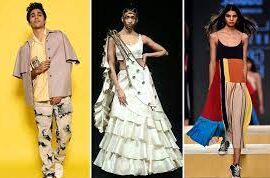
Check out wat’s Trending….. Know more….


